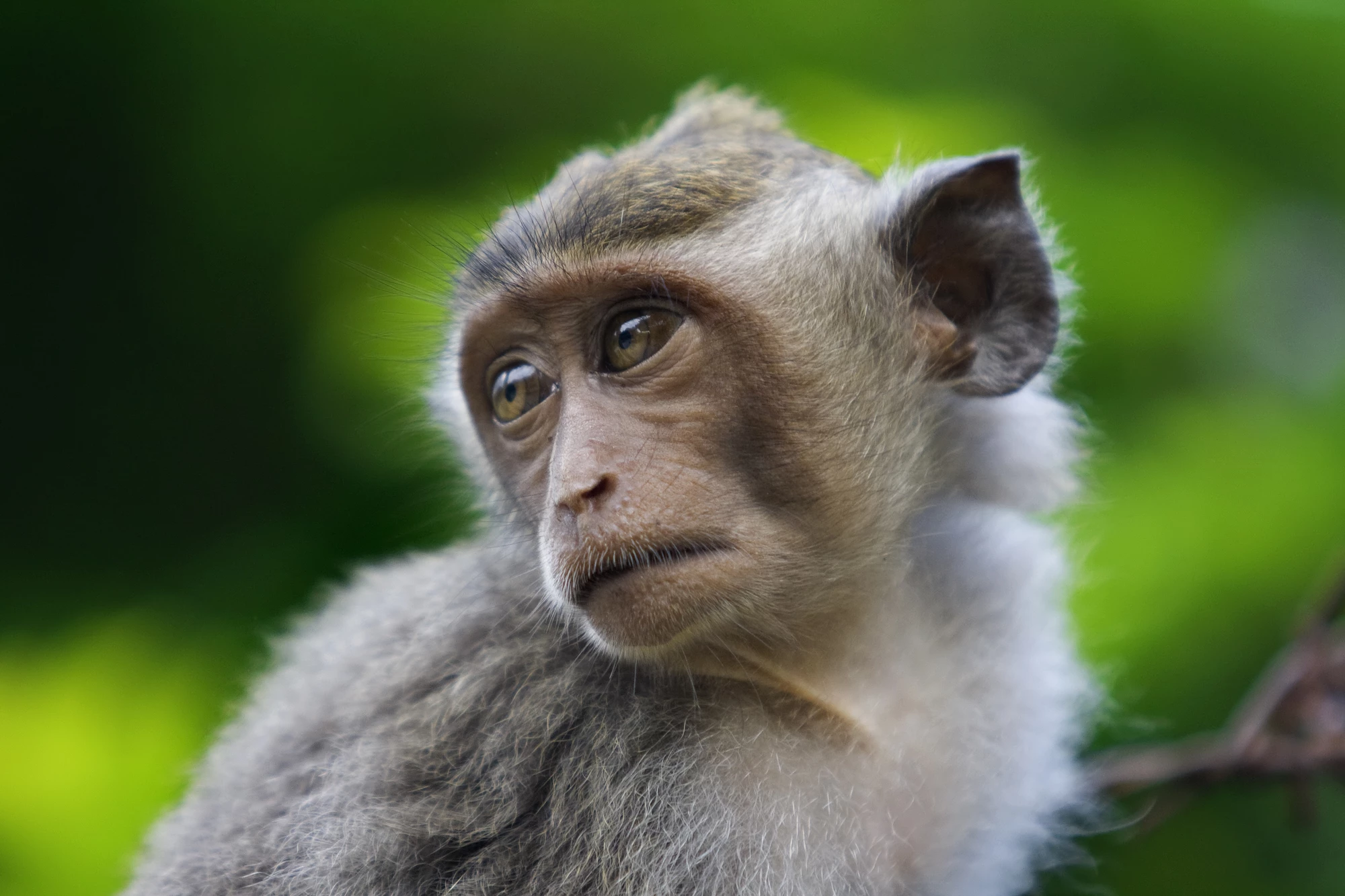Ordinarily, when studying the behavior of animals, scientists have to watch many hours of video footage of the creatures going about their daily lives. That may soon no longer be necessary, however, thanks to a new critter-watching computer system.
Currently being developed by a team from the University of Zurich and the ETH Zurich research institute, the technology utilizes an image-analysis algorithm which makes use of computer vision and machine learning.
When utilized to analyze lengthy video recordings of animals in their natural habitat or in captivity, it can reportedly differentiate between individual animals, and identify behaviors such as those associated with fear, curiosity, or harmonious social interactions with other members of the same species.
Not only should the system spare researchers from having to spend days or even weeks watching such footage themselves, but it should also help standardize analysis of recordings, which may otherwise be subject to the biases of individual scientists. Importantly, it's additionally capable of detecting behavioral changes that gradually occur over time, which could be too subtle to be noticed by humans reviewing hours and hours of footage.
The system was trained on videos of captive mice and macaque monkeys, but should reportedly be applicable to all animal species. It's already being tested at the Zurich Zoo, and in a study of wild chimpanzees in Uganda.
The technology could also be utilized to boost the welfare of captive animals, by identifying behaviors associated with underlying problems earlier than would otherwise be possible. In the case of animals being used in lab studies, the system could conceivably detect signs of stress or discomfort earlier, thus minimizing the amount of suffering involved.
A paper on the research, which is being led by ETH Zurich postdoctoral student Markus Marks, was recently published in the journal Nature Machine Intelligence.
Source: ETH Zurich




